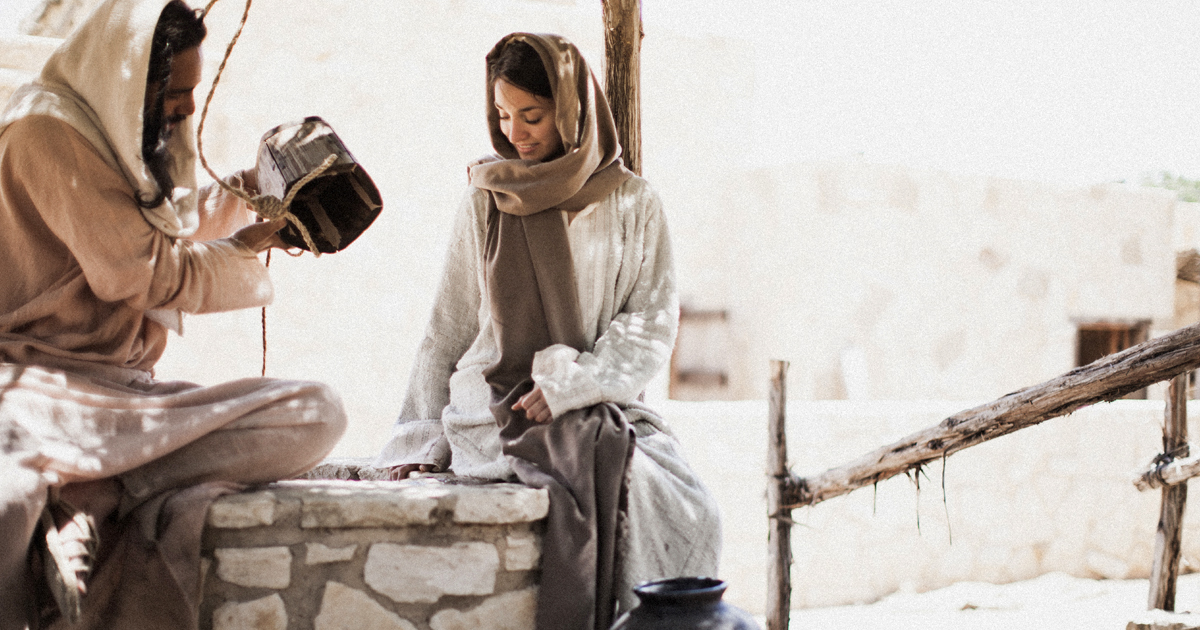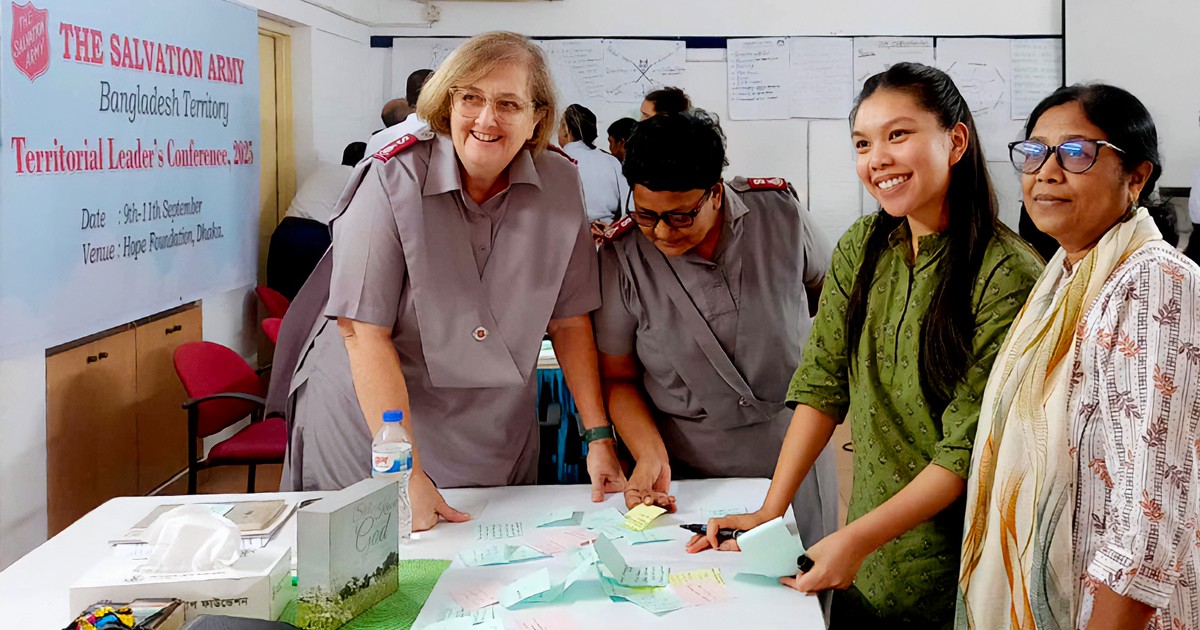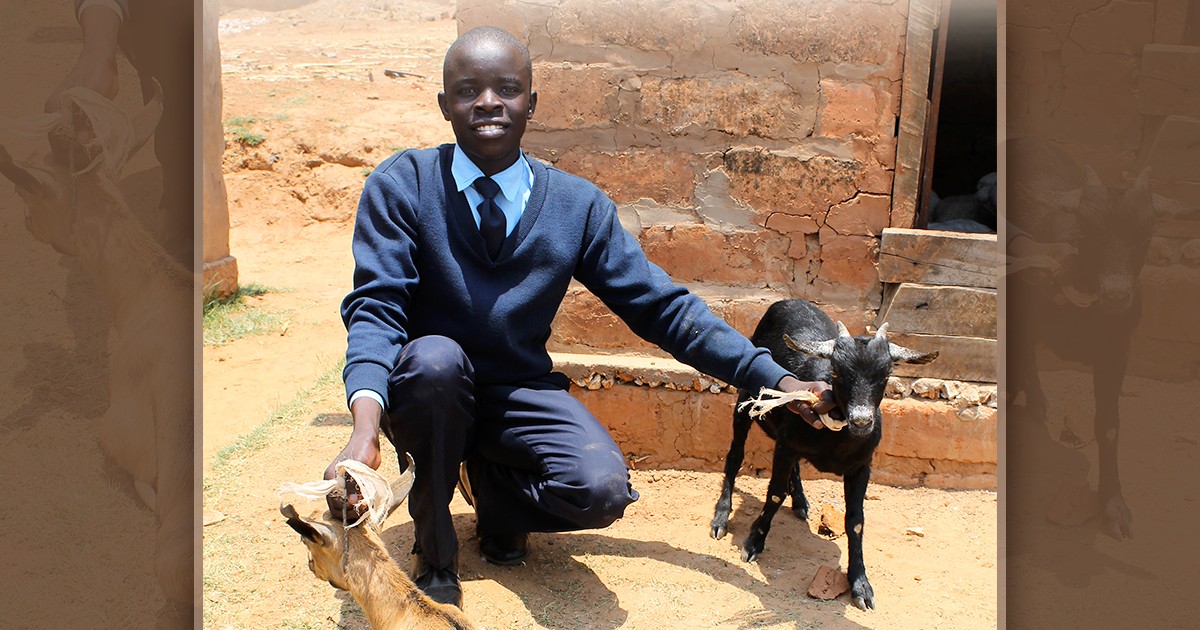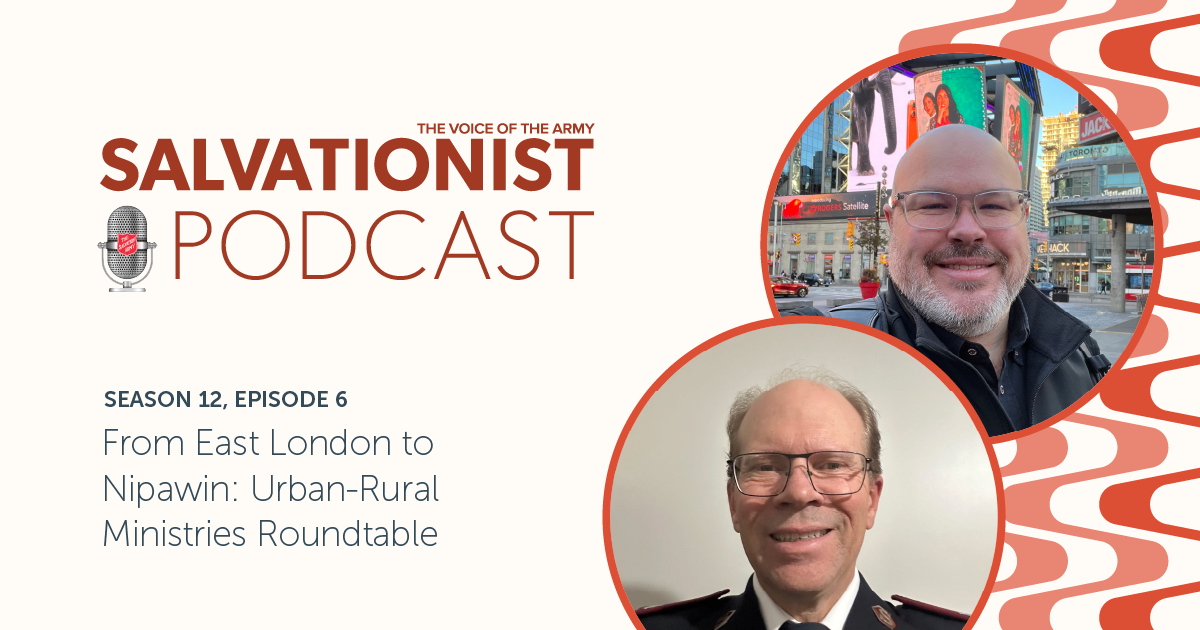The mercy seat is a unique feature of Salvation Army worship. It is usually an unadorned bench that signifies a place where people come to meet with God. During Army worship, it provides a place for people to respond to a particular call from God. This frequently occurs after the sermon or message.
The mercy seat is a visible representation of God’s presence, and it reminds us of the mercy seat above the Ark of the Covenant in the Old Testament. In Exodus 25:22, we read, “There, above the cover between the two cherubim … I will meet with you.”
In the Army, the mercy seat can take any physical form: a row of chairs, a bench or an overturned bass drum. God’s presence is everywhere. Any object may represent God’s presence. Even Christians may represent God’s presence to others. In Community in Mission: A Salvationist Ecclesiology, Commissioner Phil Needham writes, “The mercy seat itself is symbolic of any place where a seeker after God comes in prayer.” When we leave the church hall, believers become living mercy seats who bring the presence of God to all those with- whom they come into contact.
In this series, we are reflecting on themes from the Gospel of John and what it means to live sacramentally. In John 4, we read about the woman at the well and see that she has been changed by an encounter with Jesus. She now lives to introduce others to Jesus. She has become a living mercy seat.
This encounter has three interesting features. First, it is with a woman. In Jesus’ day, men did not speak directly with a woman unless she was his wife. This situation is even more peculiar because they are alone together at the well. Jesus is breaking strictly held social conventions.
Second, she is a Samaritan. Jewish people were reluctant to associate with Samaritans- because they represented the non-Jewish world. They did not strictly follow the Jewish way of obedience to God, and they were regarded as a people that missed the mark of true Judaism.
Third, the woman’s background. We read of a woman who is lonely and isolated. Jesus, by speaking to her, breaks this cycle. This encounter demonstrates how Jesus is for the “whosoever.” Jesus’ mission is to be the good news of God’s presence to the entire world. No one is excluded.
Jesus speaks to this unnamed woman about a gift of abundance. In John 4:14, we read,“Indeed the water I give them will become in them a spring of water welling up to eternal life.” The living water is a representation of the Holy Spirit in a believer’s life. The Spirit bears witness to the presence of God, which testifies to abundant life.
In a Christian context, living water brings forth images of baptism and spiritual transformation. In the Army we call this being baptized in the Spirit, recognizing that it is the Spirit who effects the actual transformation. This transformation is the abundant life that is available to us through the Spirit.
After her encounter with Jesus, the woman calls others to come and see “a man who told me everything I ever did” (John 4:29). This witness is a personal testimony. She shares what she knows about Jesus. There is also uncertainty in the woman’s witness. She asks, “Could this be the Messiah?” (John 4:29). Even without fully understanding who Jesus is, God uses her.
One fruit of the abundance that Jesus offers the woman are the people who hear her testimony. “We no longer believe just because of what you said; now we have heard for ourselves, and we know that this man really is the Saviour of the world” (John 4:42). Jesus encounters a woman at the well in Samaria and her life is changed, and the testimony of Jesus’ good news begins to spread to the entire world.
We are invited by Jesus to be baptized by the Spirit, to receive “a spring of water welling up to eternal life” (John 4:14). Karoline Lewis, author of a biblical preaching commentary on John, writes, “[The woman at the well] is not only an example of what it means to be a witness. She embodies fully the transition from darkness to light, from outsider to insider. She is reborn.” This gift of abundance from Jesus makes her a living mercy seat embodying Jesus’ message to the world.
This is the fourth article in a five-part series on sacramental living. Articles will be published monthly, alternating in print and online at Salvationist.ca.
Part 1: An Encounter With Jesus
Part 2: Light in the Darkness
Part 3: Called to Abide
Part 5: Simply Good News
Major Steven Cameron is the theological formation co-ordinator at the College for Officer Training in Winnipeg.
Photo: Pearl/Lightstock.com










Leave a Comment